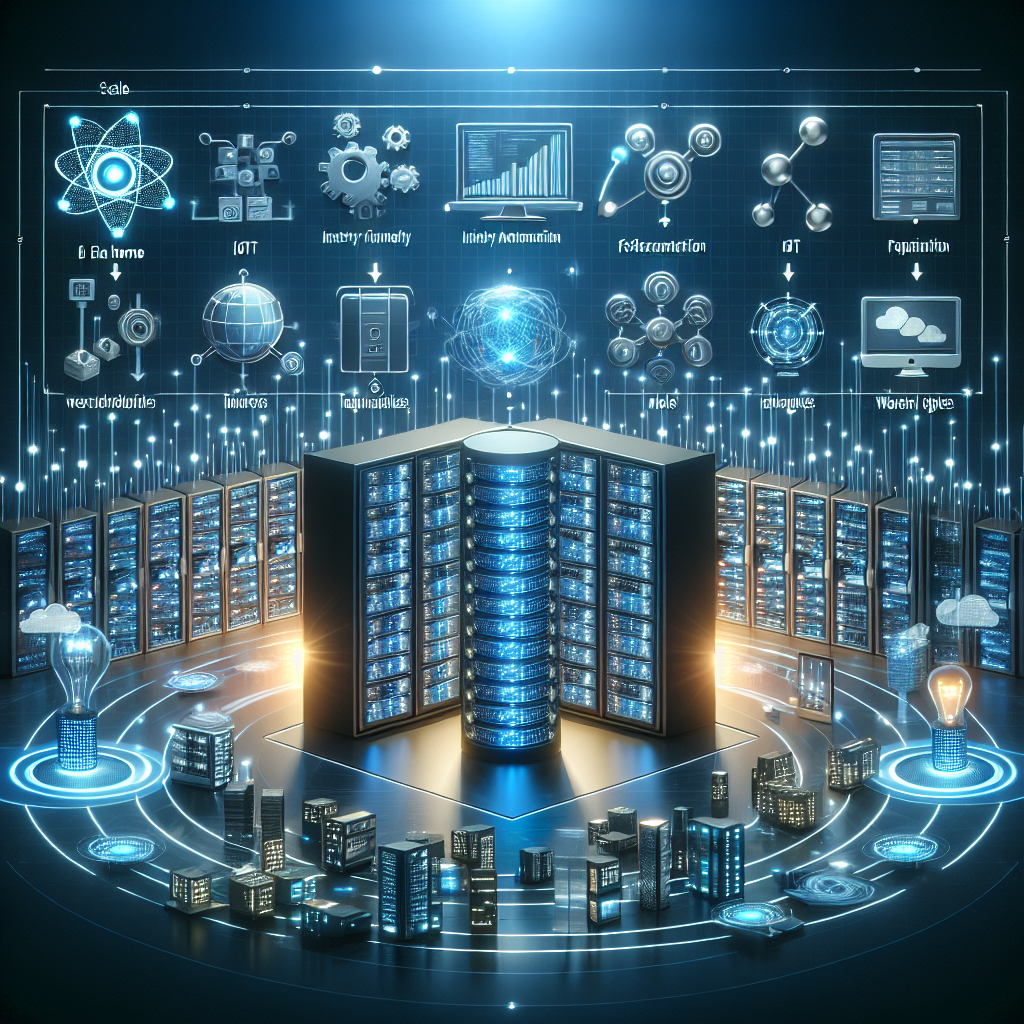In today’s digital age, the amount of data being generated and processed is growing at an exponential rate. With the rise of big data and the Internet of Things (IoT), data centers are under increasing pressure to handle massive amounts of information quickly and efficiently. This has led to a significant evolution in the way data center databases are structured and managed.
Traditionally, data center databases have been based on relational database management systems (RDBMS) such as Oracle, SQL Server, and MySQL. These systems are designed to store structured data in tables with predefined schemas. While RDBMSs have been effective for managing structured data, they are not well-suited for the unstructured and semi-structured data that is characteristic of big data and IoT applications.
To meet the demands of big data and IoT, data center databases are evolving towards more flexible and scalable solutions. One of the key technologies driving this evolution is NoSQL databases. NoSQL databases, such as MongoDB, Cassandra, and Hadoop, are designed to handle large volumes of unstructured data and provide high availability and scalability. These databases use a variety of data models, such as document-oriented, key-value, and column-family, to store and retrieve data in a more efficient manner.
In addition to NoSQL databases, data center databases are also incorporating in-memory databases and distributed databases to improve performance and scalability. In-memory databases, such as Redis and Memcached, store data in memory rather than on disk, which allows for faster data access and processing. Distributed databases, such as Google Spanner and Amazon DynamoDB, distribute data across multiple servers to provide high availability and fault tolerance.
Another key trend in data center databases is the adoption of containerization and microservices architecture. Containerization, using technologies like Docker and Kubernetes, allows for the deployment and scaling of database instances in a more efficient and portable manner. Microservices architecture breaks down monolithic database applications into smaller, more manageable services that can be developed, deployed, and scaled independently.
Overall, the evolution of data center databases is driven by the need to handle the massive volumes of data generated by big data and IoT applications. By adopting NoSQL databases, in-memory databases, distributed databases, containerization, and microservices architecture, data centers are better equipped to meet the demands of the digital age and provide faster, more scalable, and more reliable database solutions.


Leave a Reply